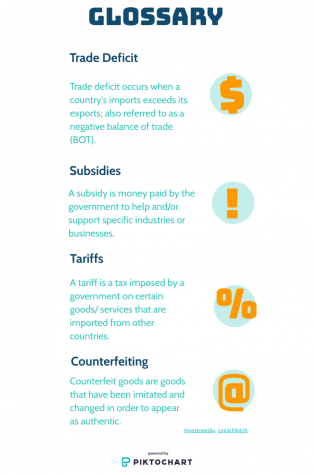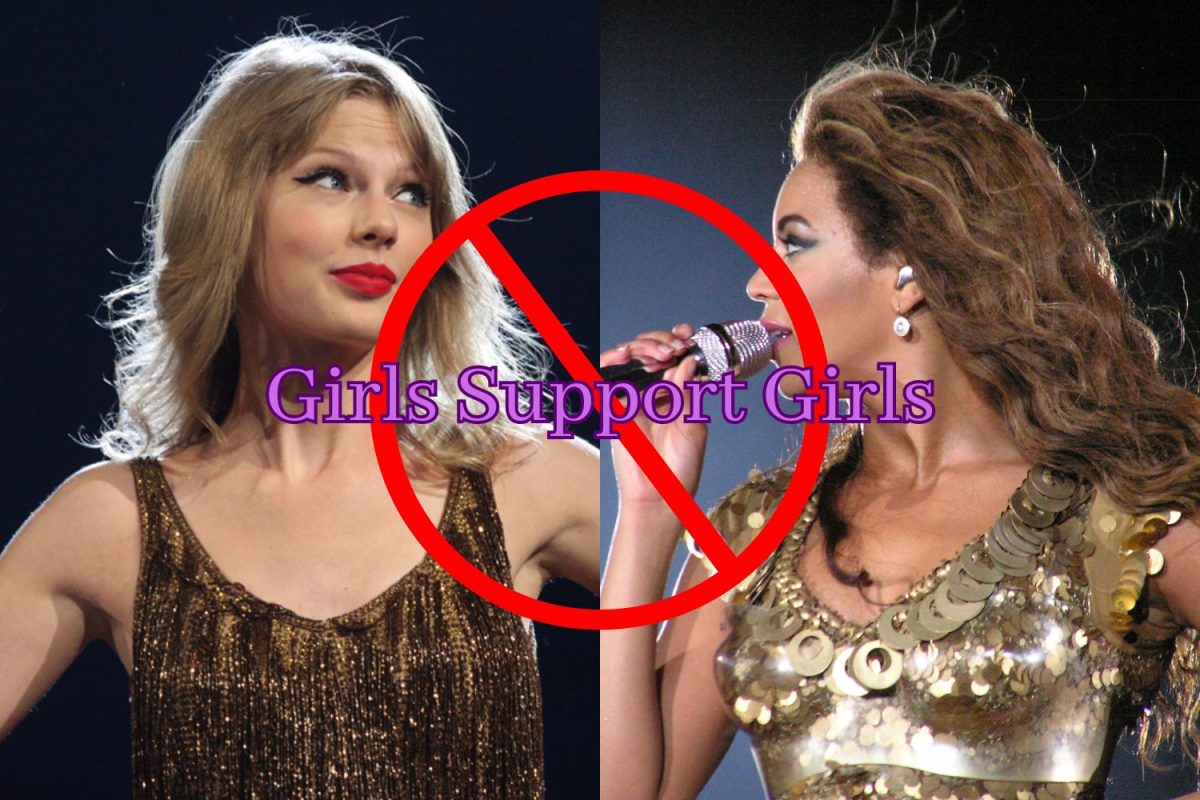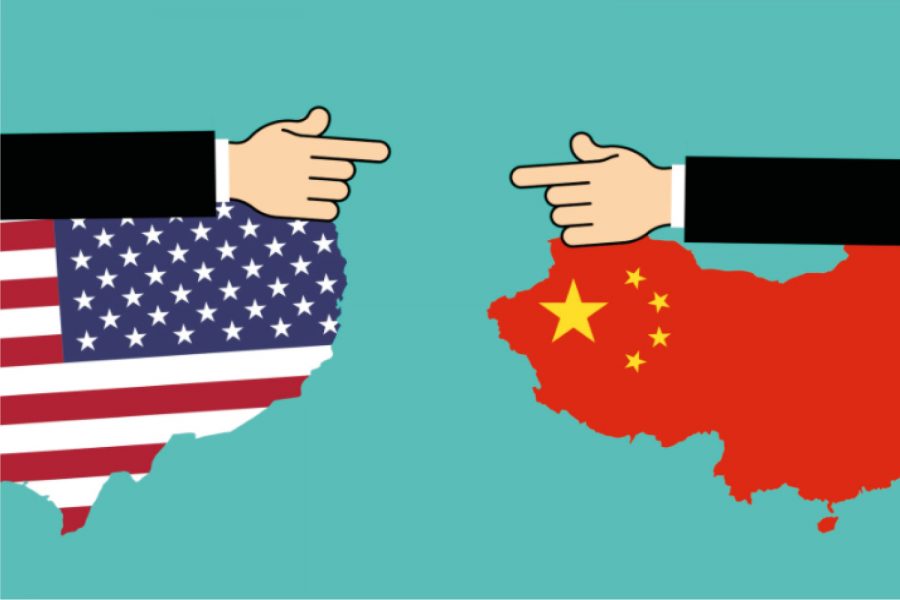Hi, welcome back! This week I will debrief the China-U.S. trade war by analyzing the root of the conflict, the effects of the standoff and its status today.
The U.S.-China trade war is an ongoing economic conflict between China and the U.S. Having started July 2018, former President Donald Trump began by levying tariffs and trade barriers on China, which were based on the accusation that China was committing unfair trading practices. These include intellectual property theft and lack of access to Chinese markets for American companies.
The Trump administration expressed concern that these practices would contribute to the U.S.trade deficit, meaning that the U.S. would continue to import more from China than it exports.
With the U.S. and China being the world’s two largest economies, the BBC has reported that China’s response to the trade measures was based on the idea that the U.S. was trying to restrict China’s rise as a global economic power.
After two years of ongoing negotiations, both sides signed a preliminary deal known as the Phase One Trade Deal Jan. 15, 2020. When speaking in Washington, Trump said the agreement would be “transformative” for the U.S. economy, and Chinese Vice Premier Liu He, who signed the deal on behalf of China, voiced that the agreement embodied “equality and mutual respect.” Other Chinese leaders referred to the deal as a “win-win” situation that would benefit and ease the relations between the two countries.
According to the BBC, the deal consists of China’s agreement to increase U.S. imports by at least $200 billion since 2017. This includes $32 billion in agriculture, $78 billion in manufacturing, $52bn on energy and $38bn in services.
Furthermore, China agreed to investigate and take more actions concerning counterfeiting, (the illegal imitation of authentic production) through more legal action. Subsequently, the U.S. agreed to halve new tariffs imposed on Chinese products and maintain up to 25% on around $360 billion worth of Chinese goods. While China, who imposed around $100 billion worth of U.S. products, is expected to maintain most of them.

Nonetheless, Trump ensured that this agreement was just a “phase one” agreement, and that issues such as China’s state subsidies will be confronted in future negotiations. The Trump administration, to do this day, believes that China is committing unfair business practices, such as the provision of subsidies for domestic businesses and stringent administrative rules, thus making it increasingly difficult for U.S. markets and firms to get involved.
The BBC said the former president explained that by “maintaining the bulk of the tariffs, they [the U.S] will provide leverage in future talks.” However, some business analysts and farmers were quick to express concern about how meaningful the deal will truly be for them; others believed Trump was using China as a “political scapegoat,” and that no significant negotiations would happen until after the November 2020 presidential election.
However, according to an article published by Brookings, the results of the “phase one” trade deal have not solved the economic problems, but rather hurt the U.S. economy more.
In fact, the conflict caused economic instability on both sides as it created a diversion of trade flows away from both China and the U.S. Studies found that the tariffs put in place forced American companies “to accept lower profit margins, cut wages and jobs for U.S. workers, defer potential wage hikes or expansions, and raise prices for American consumers or companies.”
China was also negatively affected by the crisis as, over time, Beijing’s reliance on U.S. markets decreased dramatically and therefore lowered its tariffs for its other trading partners.
In addition, no progress has been made regarding the subsidies and China’s use of its industrial policy to benefit its own domestic enterprises over foreign companies, all of which were concerns that Trump put off until future negotiations.
As of today, some say that China “won” the trade war and Americans had to pay the price. While the tensions between the two nations did not start under Trump, the conflict did worsen when the former president introduced unprecedented tariffs and sanctions on certain technology companies.
However, at a recent conference, President Joe Biden explained that his administration is trying to rebuild a relationship with superpowers that’s different and “defined by constructive cooperation, healthy competition and a shared respect on rules and international norms for the 21st century.”
He went on to specify that if China were to respect universal human rights, then it will be a nation that is “stronger, more stable and innovative.” Biden acknowledges the complexity that lies with the nations’ relationship but assures that “there is nothing inevitable about a conflict with China.”
Biden’s plans for the future are still unclear, but it is evident that he will have to pick up where Trump left off and ensure that the same mistakes are not made again.






